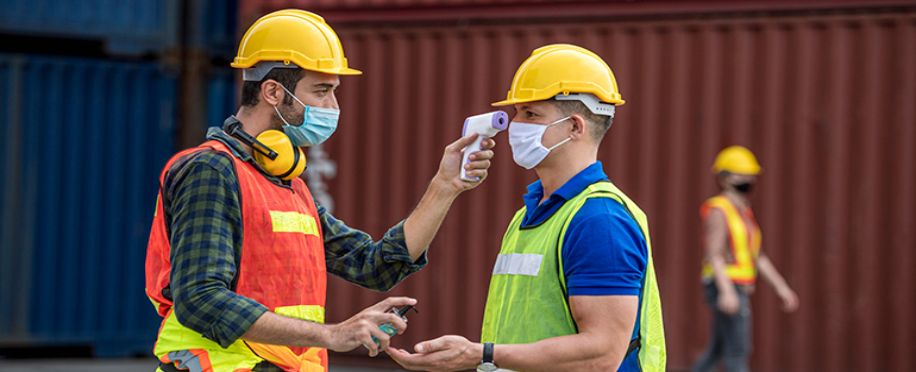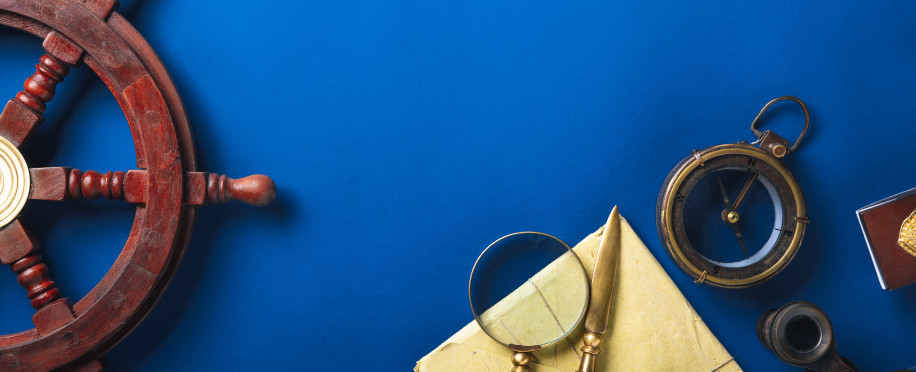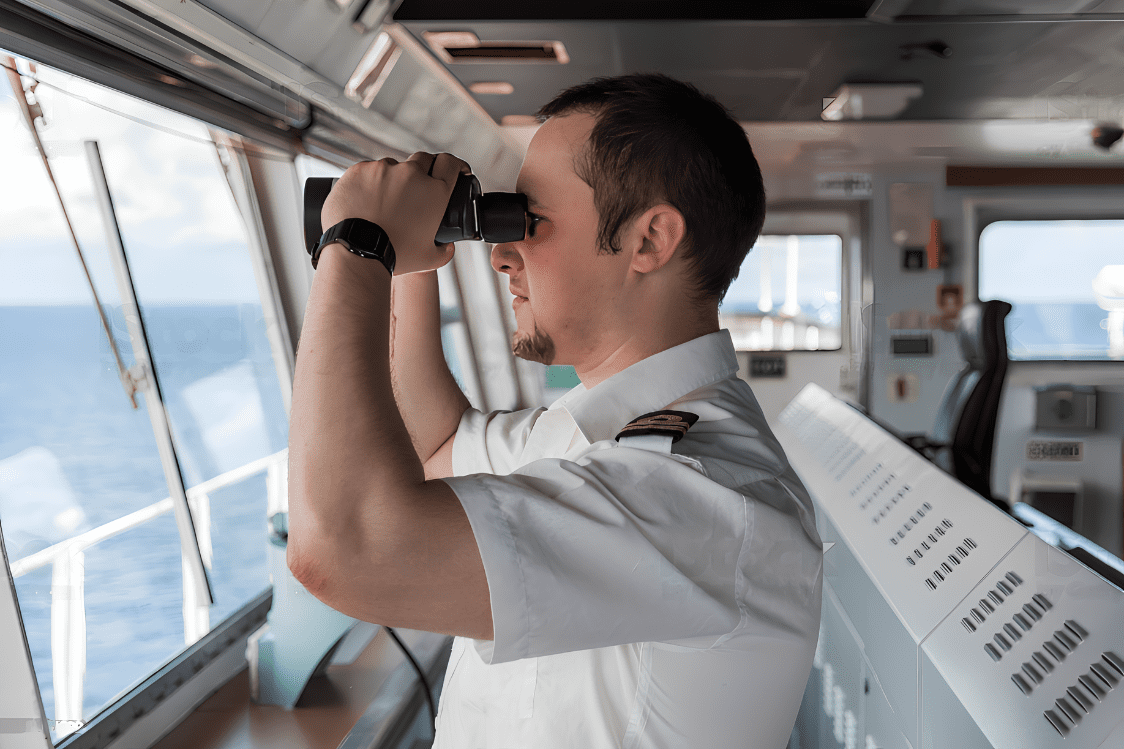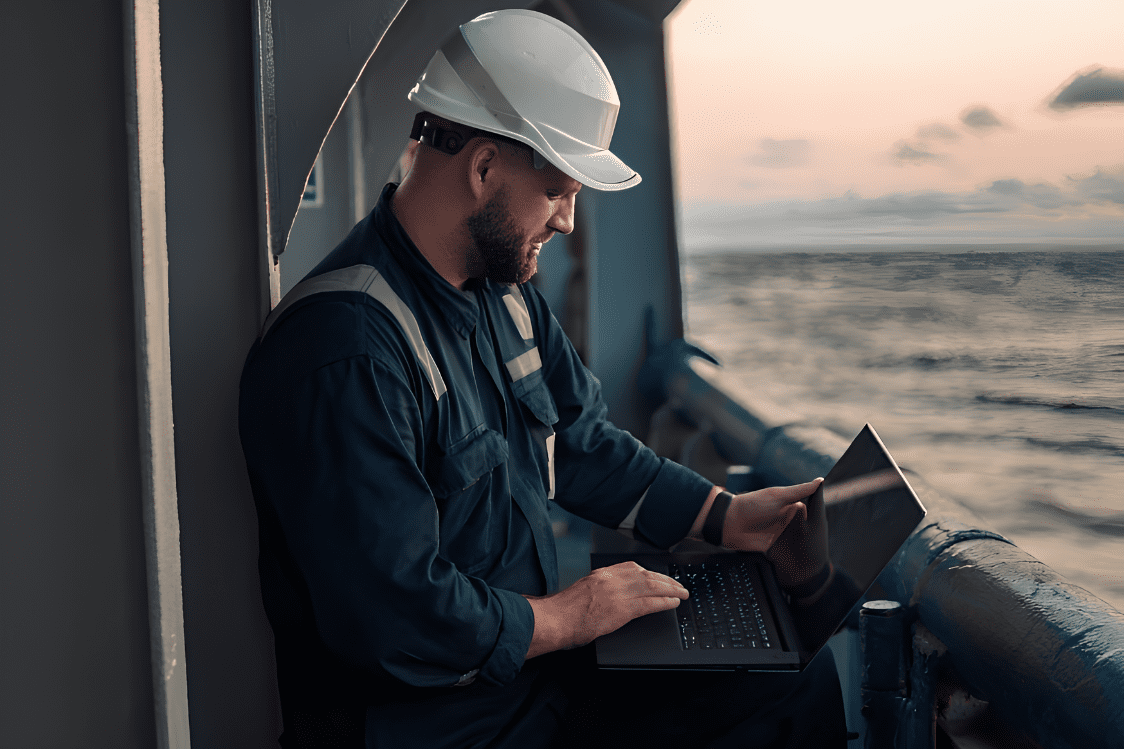Echo Sounder: How It Works and Why It’s Essential for Safe Navigation
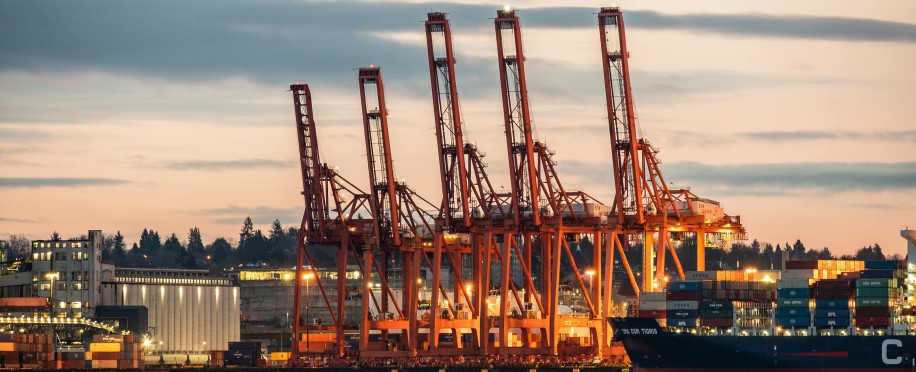
Posted on Feb 23, 2025 at 10:02 PM
Do you trust the depth data your vessel relies on?
Whether you are a captain, marine engineer, or navigation professional, understanding the depth of the water is crucial to avoiding marine hazards and ensuring the safety of ships. But with the seabed topography constantly changing, can traditional methods provide accurate and reliable data? That’s where the Echo Sounder comes in, a device that makes a difference in modern marine surveying and navigation.
If you’re dealing with shallow waters, need to avoid invisible objects, or want to improve your fishing performance, the Echo Sounder is your indispensable tool. But how does it work? And what makes it a must-have for every ship? This is what we will learn in this article.
What Is Echo Sounder?
An Echo Sounder is defined as an electronic device that uses sonar (sound navigation and ranging) technology to measure water depth and analyze underwater topography. It is used in hydrographic surveys, marine navigation, and harbor operations to ensure ship safety and improve the accuracy of depth data.
Thus, an Echo Sounder device emits sound pulses through a transducer mounted on the hull of a ship, then receives the echo signals after they hit the ocean floor or any underwater objects. Based on the time it takes for the pulse to echo; the depth is accurately determined.
Moreover, there are two main types of Echo Sounders, and each type serves a different purpose.
Single Beam Echo Sounder (SBES)
- Used on commercial ships and fishing boats.
- Sends a single pulse to determine the depth at a specific point.
Multi-Beam Echo Sounder (MBES)
- Used in scientific and geophysical surveying.
- Sends multiple pulses covering a wide area of the seafloor, thus allowing for the creation of high-resolution bathymetry maps.
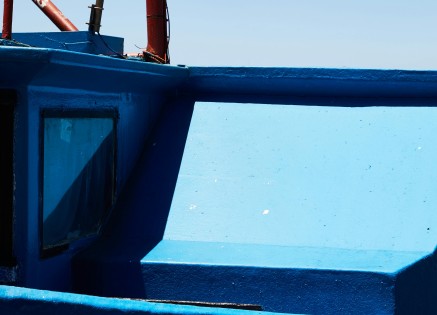
How Does Echo Sounder Work?
Echo Sounder works on the principle of sending and receiving sound waves to determine depth, according to the following steps:
Transmitting the sound pulse
This process involves emitting a high-frequency sound wave through the transducer installed on the boat’s body, using a model that meets maritime requirements. Frequencies, which determine wave accuracy, vary between 50 kHz to 200 kHz, ensuring deep water reach and enhancing operational features.
Wave propagation in water
The wave travels through the water (liquid medium), where detection of underwater objects and the relevant factors, such as temperature, salinity, and sediment density, affect the extent and power of the signal. The reliability of the measurement is influenced by how these factors apply to wave travel.
Signal reflection (echo return)
When the wave, as defined in sonar method, hits the bottom or any underwater structure, it returns to the transducer. The accuracy of determining depth depends on the condition of the water, the category of the operation, and the efficiency of data delivery.
Measuring depth
The presence of detecting equipment, such as a depth finder, ensures accurate clearance calculations.
Depth is calculated using the equation:
Depth = Speed of sound × Time taken ÷ 2
Scientific measures are displayed on an LCD display or a portable unit, providing clear meaning to the readings.
Interpreting data
Advanced data processing technologies offer a variety of techniques to convert acoustic signals into accurate bathymetry maps. This determines the position of underwater objects, detects vegetation, and enhances hydrographic assessments and marine floor analysis.
The receiver captures reflected signals, ensuring precise measurements within a short range for contact with navigational systems.
Why Are Echo Sounders Important for Marine Surveying?
Ensure Safe Navigation
Echo Sounder offers accurate depth determination, preventing ships from colliding with superficial water or invisible obstacles. This device produces consistent data and is one of the standard maritime electronics in modern vessels, integrating with GPS for enhanced positioning and safety.
Fishing Performance Optimization
Using Echo Sounder and fishfinders, fishermen can detect fish by transmitting sound pulses. These devices enhance fishing efficiency by accurately determining the location of aquatic life in real-time.
High-Quality Marine Surveying
Echo Sounder is a device used in marine engineering to accurately measure the depth and map the seabed, supporting marine infrastructure projects for ships.
Supporting environmental and ecological research
It provides accurate data to study environmental changes, such as deposits analysis, which helps understand climate effects on oceans.
Port operations optimization
The Echo Sounder device is used to determine depths in ports, ensuring the safe entry of ships by emitting sound waves, and improving marine operations efficiency.
In addition, the use of Echo Sounder is taught in many specialized schools, such as maritime safety courses in Dubai, to ensure that navigators and engineers can use it efficiently.
Finally
If you work in navigation, fishing, or marine surveying, Echo Sounder is an indispensable instrument to improve safety, performance, and data accuracy. Don’t let uncertainty threaten your operations—invest in modern technology to ensure the safety of your vessel and get the most out of your depth data.
Do you want to improve the performance of your marine operations in Indonesia and beyond? Start today by learning how to use Echo Sounder professionally and be part of the future of sophisticated marine surveying!
